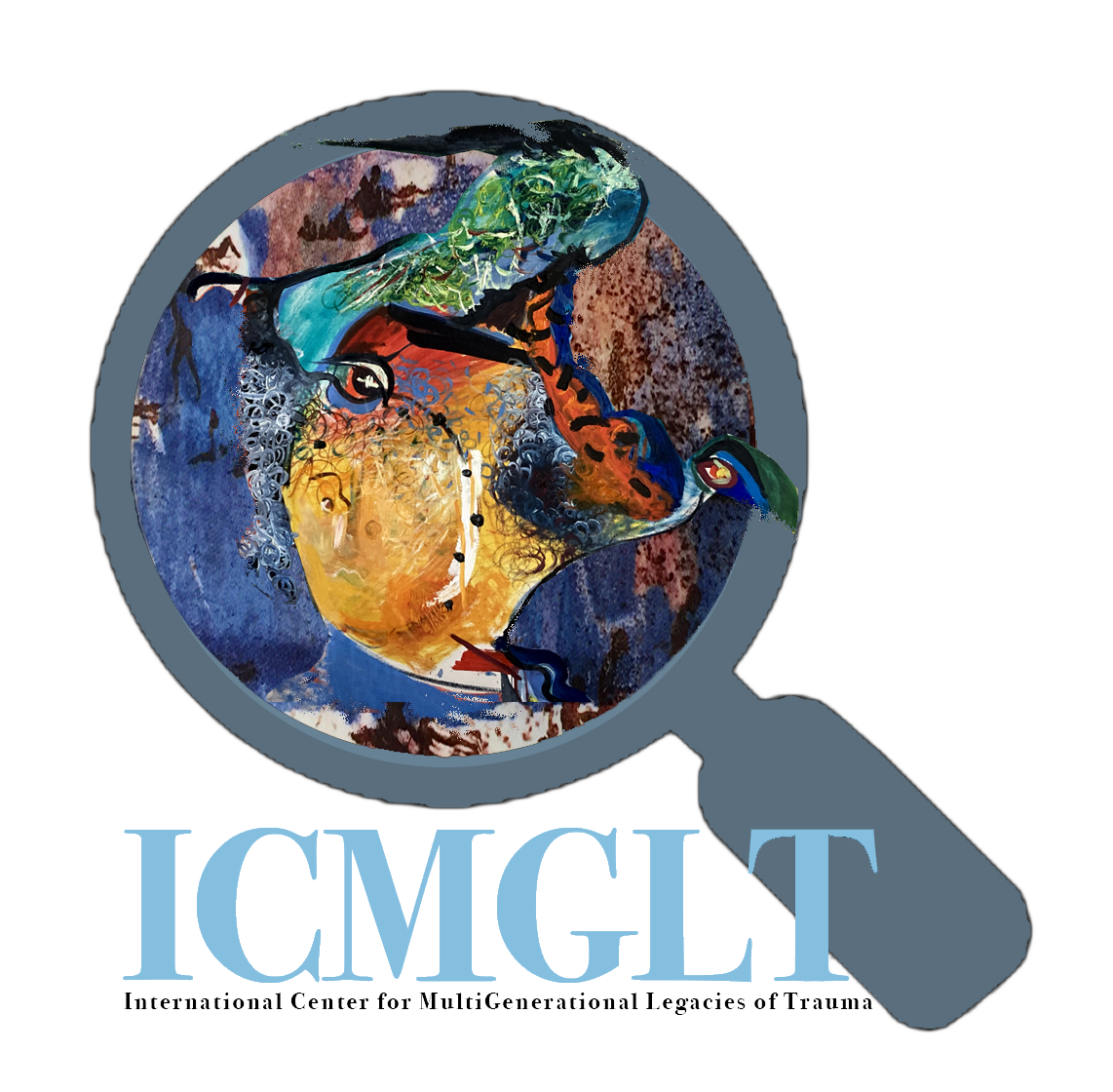Allison-Burbank, J. (2016). Historical Influences on Health Care and Education in Native American Communities. Perspectives of the ASHA Special Interest Groups, 1(14), 81-86.
Abstract
This article focuses on the influence of historical trauma (Brave Heart, Chase, Elkins, & Altschul, 2011) on the health and education of contemporary Native American (NA) communities. It is crucial that educators and health care professionals understand how events in American history have manifested as attempts to forcefully assimilate NAs into mainstream Euro-American culture. These attempts, which included relocation of NA communities onto reservations, enrollment of young NA children in government boarding schools and forcing these children to stop speaking native languages, and delivery of inadequate medical services (Adams, 1997) have resulted in psychological trauma that has negatively impacted multiple generations of NA families (Walker, 1999). These traumas have been found to be related to the high incidence of chronic health conditions and low academic achievement in NA communities (Whitbeck, Adams, Hoyt, & Chen, 2004; also see article by Gillispie, this issue). Understanding historical trauma as it has occurred in NA communities is a first step in our attempt to best serve NAs as speech-language pathologists (SLPs) in health care and educational settings. Knowledge and a deeper awareness of this historical trauma allows professionals to better understand negative attitudes toward formal education and medical service delivery systems that are not responsive to the rich cultural and linguistic diversity of NA people.

